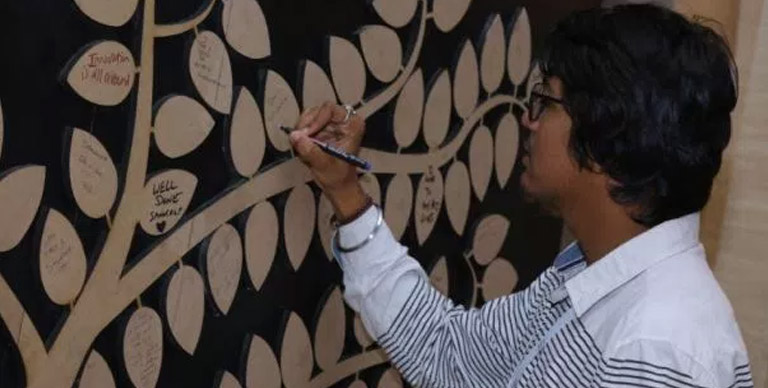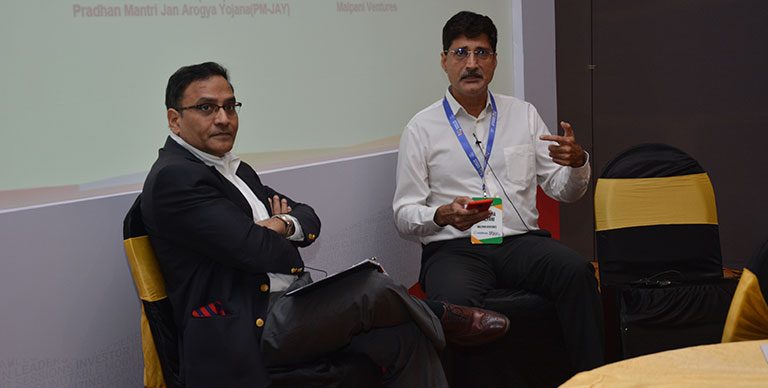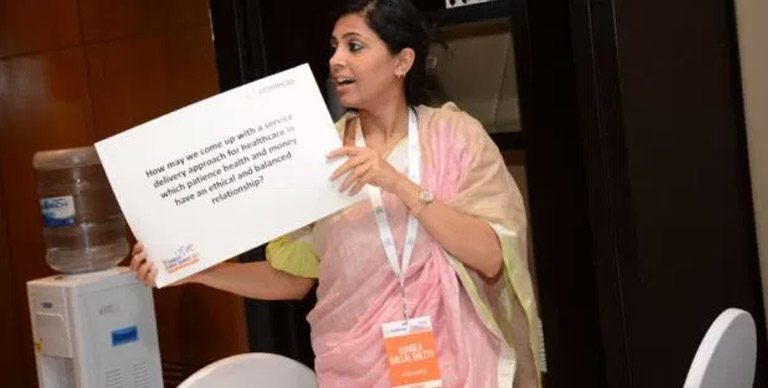Health financing to make care accessible and affordable for all- Excerpts from the 9th Sankalp Global Summit 17
(Excerpts from the track on Future of Healthcare at the 9th Sankalp Global Summit held in December 2017)
The 9th Sankalp Summit, held in India on December 7-8, explored how health financing can be taken further to make positive impact at a pace faster than ever before.
India’s Total Health Expenditure (THE) as a percentage of Gross Domestic Product (GDP) has decreased within the last 10 years. Meeting the goals of universal health coverage will require increased funding; however, such increases will not occur until budget deficits are reduced. State insurance, mutual insurance, private loans and crowd funding are emerging as different methods of financing healthcare costs. Parvaiz Hussain, CEO, Healthfin+ elaborated how his enterprises model uses technology to expedite the loan process and provide hassle free and swift loans for healthcare. Another promising model of private sector funding for health care is that of crowd sourcing. Crowd funding can not only enable low income households fund unaffordable treatments but also prevent middle income households from incurring substantial debt that occurs with unexpected, prolonged expensive treatments. Today crowd funding is only being used for treatment. In the future, it can potentially be used to crowd fund preventive, diagnostic and insurance said Zaheer Adenwala, Co-Founder and CTO, Ketto.
On the demand side, 83 percent of the treatment costs are borne by patients. Only 13 percent are covered by insurance / government schemes. Traditional lenders were unable to cater to people who need immediate loans for health expenditure. Alternate financing models also need to be developed for genetic / rare diseases that are not covered by most insurance plans in India. It’s important to question what are the key drivers that should make health financing more inclusive? Will focusing on the end user based financing models results in positive return on investments? Shailabh Kumar, Executive Director, Uplift India Association commented, “There is a huge gap in healthcare access intelligence people don’t know who are the right doctors, treatments or cost and hence they end up paying a very high price for treatment. It is possible to design an inclusive healthcare insurance product that charges a flat premium from all takers and has no age or other exclusions.”
The government is currently playing the role of a financer, provider and regulator in the healthcare. It should also play the role of a facilitator that brings all other healthcare stakeholders together. These stakeholders could work together through tri-partite agreements or Public Private Partnerships. This could help solve the gigantic problem of healthcare in India. Parvaiz add Govt has to play an important role. Healthcare finance should penetrate the distribution of healthcare services to create more manageable payment structures.
To conclude, healthcare systems require a systemic overhaul of the current service delivery approach but above all an attitudinal shift among both the providers and the seekers. If we continue to look at newer models of care as alternative approaches, the potential to scale and diversify will always be limited. The focus should be to move beyond pilots and create a space for new service delivery approaches to work in collaboration with so called traditional healthcare delivery system. Finally, we need to include care-seekers as the central stakeholders in our system and integrate them as a key decision maker in the delivery process.
The opportunities and answers are in front of us, the question is do we want to proactively solve these inequities or do we want to maintain the status quo and wait for things to happen as always.








